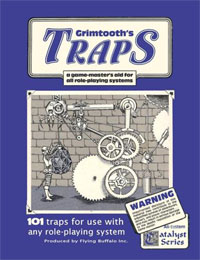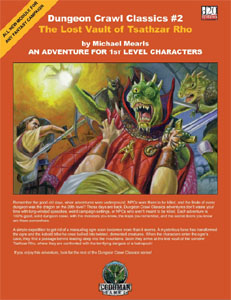Here are the tent-pole Evocation [light] spells from the core rulebooks:
light – Brd 0, Clr 0, Drd 0, Sor/Wiz 0
darkness – Brd 2, Clr 2, Sor/Wiz 2
daylight – Brd 3, Clr 3, Drd 3, Pal 3, Sor/Wiz 3
deeper darkness – Clr 3
I feel as if one might go mad trying to understand this progression of spells. The druid’s affinity for light spells makes perfect sense, and even the fact that the paladin has access to daylight and not the lesser light spell has some logic to it (since daylight has some martial application).
But what doesn’t make much sense to me is that the arcanists get access to the more powerful daylight, but not the more powerful deeper darkness.
The other odd thing is that the 3.5 darkness and deeper darkness spells actually creates illumination and can be used to light an unlit area: “This spell causes an object to radiate shadowy illumination out to a 20-foot radius.” This is weird enough in its own right, but it gets even weirder when deeper darkness and daylight interact with each other and cancel each other out.
In other words, if you’re in a cave and you cast deeper darkness, you can see. If you’re in a cave and you cast daylight, you can see. But if you cast both deeper darkness and daylight, you can’t see.
These oddities were the result of attempting to re-balance the darkness spells. In all previous editions of the game, darkness had actually created an area of impenetrable darkness (as the name might suggest). But this was considerd too powerful for a 2nd-level spell, and so the “shadowy illumination” formulation was applied as a patch of sorts.
While I tend to agree that darkness was very powerful, the loss of any way to create true magical darkness was an unfortunate loss. Apparently, someone at WotC felt the same way. But their solution was somewhat perverse: In the Spell Compendium there is a spell named blacklight, which creates a true magical darkness which the caster can see through.
Oddly, however, this is a 3rd-level spell which is, in virtually every way, superior to deeper darkness. It can also be cast by arcanists.
I’m not sure what the best solution for the darkness/light spells would be. But I would certainly look at normalizing the level progressions, add more powerful versions of the darkness spells (with matching light spells to provide the natural antithesis of the two sub-types), and smooth out some of the discrepancies in how the various spells interact with each other. I’d probably also look at creating a more powerful version of the light spell to add back in the combat utiltiy of the spell that was stripped out in 3rd Edition.














